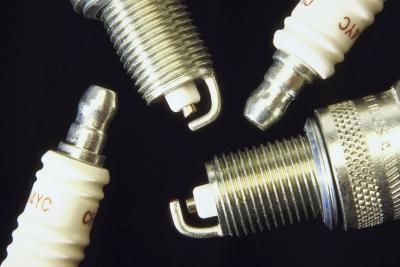
The 1980s were an uncertain time for automakers, and most spent enormous sums of money just trying to stay ahead of the wave of change in the industry. Electronic fuel injection was a fairly new and unproven innovation , and new government fuel standards reduced the amount of lead in gasoline. Twin-plug cylinder heads may have been the solution to a problem that never happened, but they retain greater potential in terms of horsepower, torque and fuel economy.
The dual-spark engine had a brief, but eventful reign. Introduced in 1989 for the Ranger and later adopted for Mustangs, this engine used a distributor-less ignition and a pair of coils to light off the spark plugs. The system effectively functioned as two ignition systems on one engine.
In 1985, the Federal government reduced the amount of allowable lead in fuel and dropped the maximum octane to 92. However, in order to increase fuel economy and horsepower, manufacturers wanted to run a leaner fuel mixture (less fuel relative to air) and a higher compression in their engines. Lean fuel mixtures are harder to light, and high compression combined with lower octane fuel made the engine more prone to detonation (knocks or pings). The second spark plug allowed engineers to more effectively burn the lean fuel mixtures, preventing detonation and increasing horsepower.
Most engines only extract about 30 percent of the fuel's potential energy, so burning more of the fuel already present in the chamber will ultimately yield more benefits than simply injecting more fuel. This can have a profound effect on high-compression and turbocharged engines, which tend to blow the spark plugs' spark out before it can ignite the mixture.